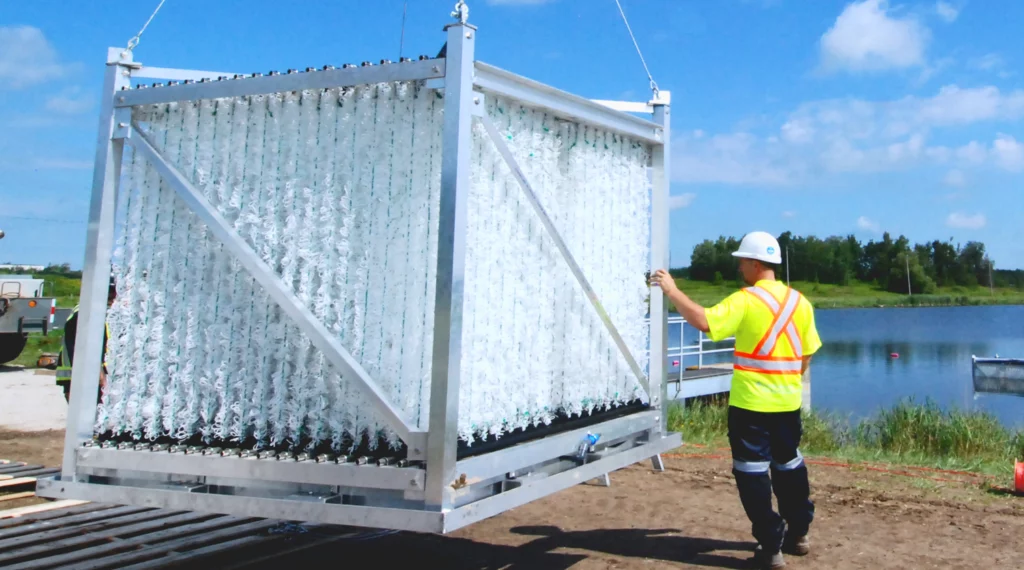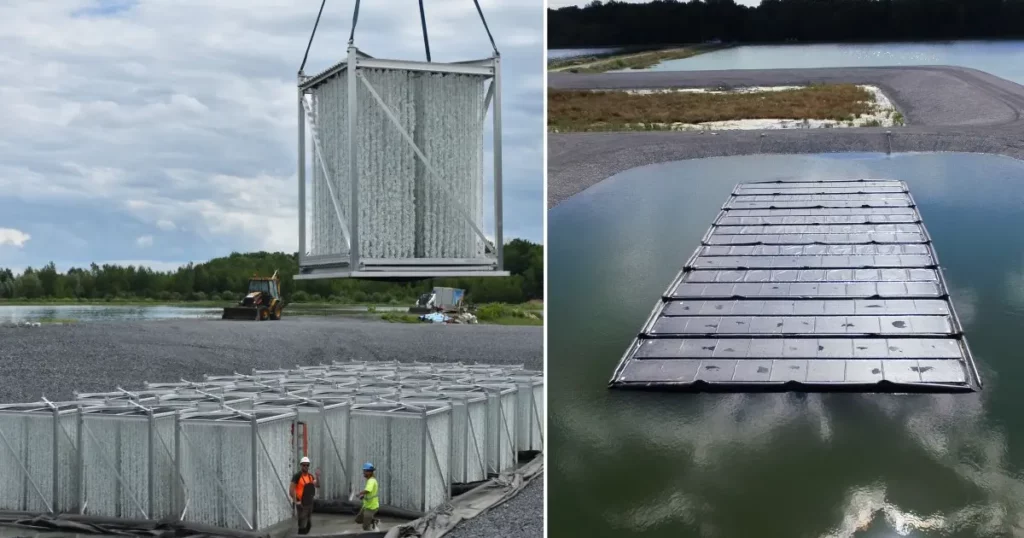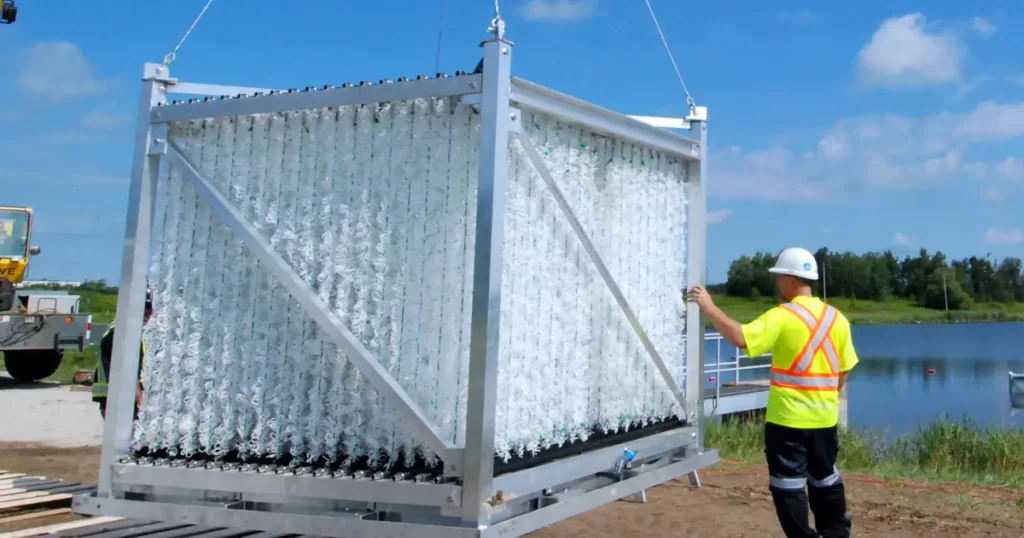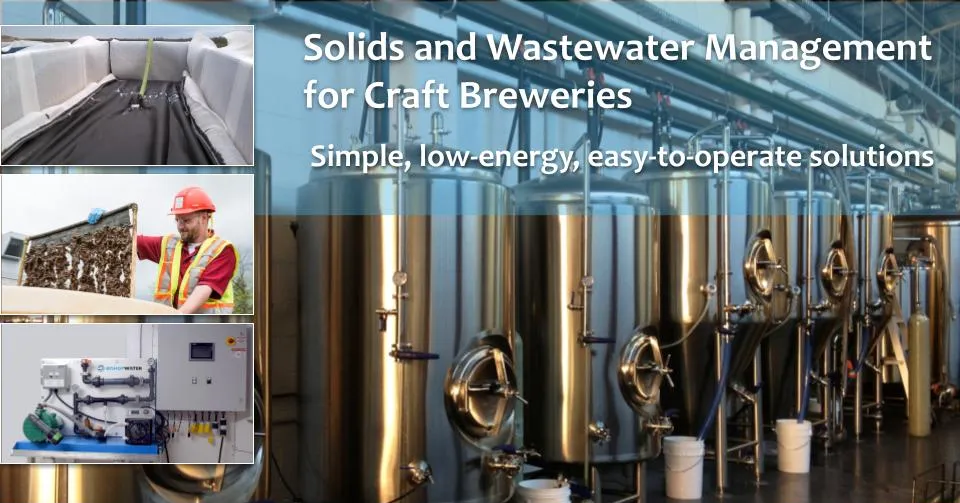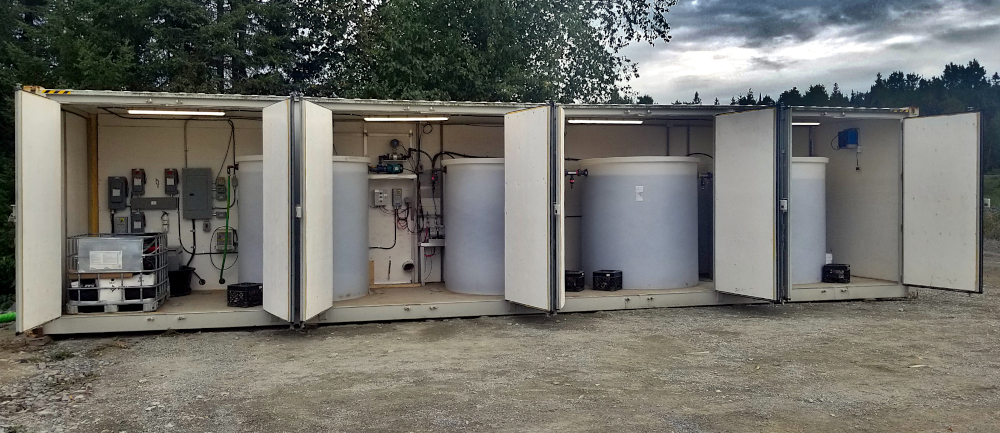
ARTICLE
Is your treatment plant suffering from washout?
Every wastewater plant can experience washout—a condition where high hydraulic loading causes microorganisms to be flushed out of a treatment cell at a faster rate than they can be replenished. It most often happens during periods of peak sanitary flow or during wet weather and its occurrence may be on the rise as we experience more frequent and severe storms due to climate change. Inflow and infiltration can compound the problem adding more water to the sanitary system and further diluting the treatment process.
Diagnosing washout at your plant
Reducing retention times in primary, secondary and tertiary processes is the most common approach to enable the plant to accommodate the higher hydraulic loading and avoid the need to bypass one or all of the treatment steps. But due to the faster flow, operators may see a decline in the treated effluent quality.
The telling sign of washout is that even after the influent flow returns to normal levels, the quality of treated effluent may continue to suffer for many hours or even days after the event. This lag in performance indicates that a significant portion of the microbiological population has been lost to washout and the remainder is unable to provide adequate nutrient removal. The condition will continue until the microbiological population is re-established to the optimum level.
Fall washout = winter performance problems
In the warmer months, the microbiological population can rebound fairly quickly. But since temperature plays a major role in the rate of microbiological growth, a washout in the fall or winter can have serious long-term consequences to plant performance, particularly for wastewater lagoons or other plants where secondary treatment occurs outdoors. In these plants, the microbial population may not fully recover until the spring, which means the plant could have to operate at reduced capacity or face compliance issues through the cold-weather period.
Build a better home for bacteria
Bishop BioCord® Reactors are a fixed-film technology that can help alleviate the washout problem. BioCord is like a condominium for bacteria, enabling the formation of a robust biofilm with preferred microorganisms that are strongly attached to the growth media and resistant to washout. Even though suspended microorganisms may be lost to washout, microorganisms in the BioCord reactors remain in the system and continue to provide treatment while also helping re-establish suspended bacteria to optimum levels.

BioCord Reactors can be installed directly into a treatment lagoon. They quickly establish a robust, stable biofilm that is resistant to washout and enhances plant performance in cold-weather conditions.
The BioCord Reactor system is also designed to provide robust cold-weather performance. BioCord biofilm develops in layers enabling both BOD- and ammonia-reducing bacteria to coexist and thrive. Layering also helps insulate inner microorganisms from cold water to remain active during the winter and continuing to provide nutrient removal.


